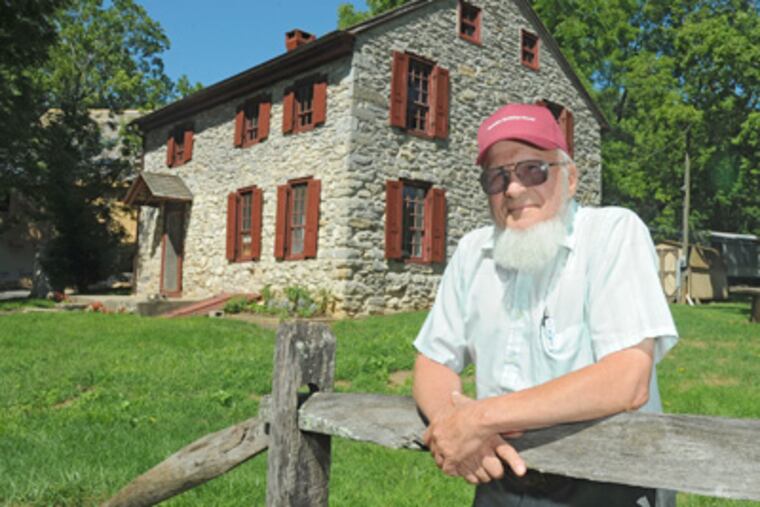Link copied to clipboard
Link copied to clipboard
Stoltzfus descendants restoring Amish ancestor's house
You don't have to spend much time in Amish country to notice the name Stoltzfus. It is everywhere. There's Stoltzfus Meats in Intercourse. Stoltzfus Furniture in Bird-in-Hand. Stoltzfus Woodwork in Gap.
